The Cosmos: A Journey Through the Infinite Universe
Introduction to the Cosmos
The cosmos, a term derived from the Greek word for "order" or "harmony," encompasses all of space, time, matter, and energy that exists. It is a vast, seemingly infinite expanse that holds galaxies, stars, planets, black holes, and countless other celestial phenomena. Since the dawn of humanity, the cosmos has inspired wonder, curiosity, and a relentless quest for understanding. From ancient astronomers gazing at the stars to modern astrophysicists probing the depths of space with powerful telescopes, the study of the cosmos continues to reveal breathtaking discoveries that challenge our perception of reality.
The Scale of the Universe
The sheer scale of the cosmos is almost incomprehensible. Our home planet, Earth, is just one of eight planets orbiting an average-sized star we call the Sun. The Sun, in turn, is one of billions of stars in the Milky Way galaxy, a barred spiral galaxy spanning roughly 100,000 light-years in diameter. Beyond our galaxy, there are an estimated two trillion galaxies in the observable universe, each containing millions or even billions of stars.
Distances in space are so vast that traditional units like kilometers become impractical. Instead, astronomers use light-years—the distance light travels in one year (about 9.46 trillion kilometers). For example, the nearest star to Earth, Proxima Centauri, is about 4.24 light-years away. Even at the speed of light, it would take over four years to reach it. The observable universe itself stretches about 93 billion light-years in diameter, a number that continues to baffle the human mind.
The Birth of the Universe: The Big Bang
The prevailing theory explaining the origin of the cosmos is the Big Bang, which proposes that the universe began as an infinitely dense and hot singularity approximately 13.8 billion years ago. In a fraction of a second, this singularity expanded exponentially in an event called inflation. As the universe cooled, fundamental particles like quarks and electrons formed, eventually combining to create protons, neutrons, and simple atoms.
Evidence for the Big Bang comes from multiple sources, including the cosmic microwave background (CMB) radiation—the faint afterglow of the explosion detected uniformly across the sky. Another key piece of evidence is the redshift of galaxies, indicating that the universe is still expanding today. Edwin Hubble’s observations in the 1920s confirmed that galaxies are moving away from each other, supporting the idea of an expanding universe.
Galaxies: The Building Blocks of the Cosmos
Galaxies are colossal structures composed of stars, gas, dust, and dark matter bound together by gravity. They come in various shapes and sizes, classified primarily into three types: spiral, elliptical, and irregular. Spiral galaxies, like the Milky Way, feature sweeping arms of stars and interstellar material rotating around a central bulge. Elliptical galaxies are more spherical and contain older stars, while irregular galaxies lack symmetry, often resulting from gravitational interactions with other galaxies.
Galaxies do not exist in isolation; they cluster together in groups or superclusters. The Milky Way is part of the Local Group, which includes the Andromeda Galaxy and about 50 other smaller galaxies. These galaxy clusters are themselves part of even larger structures, forming cosmic filaments that span hundreds of millions of light-years—a web-like structure often referred to as the cosmic web.
Stars: The Luminous Beacons of the Universe
Stars are the most recognizable celestial objects, serving as the fundamental sources of light and energy in the cosmos. They form within vast clouds of gas and dust called nebulae, where gravitational forces cause the material to collapse inward. As the core temperature rises, nuclear fusion ignites, converting hydrogen into helium and releasing immense amounts of energy in the process.
Stars vary widely in size, temperature, and luminosity. Our Sun is a yellow dwarf star—a relatively small and stable star with a lifespan of about 10 billion years. Massive stars, however, burn their fuel faster and often end their lives in spectacular supernova explosions, leaving behind neutron stars or black holes. The remnants of these explosions enrich the interstellar medium with heavy elements, which eventually become part of new stars, planets, and even life itself.
Dark Matter and Dark Energy: The Cosmic Mysteries
Despite our growing knowledge of the cosmos, two enigmatic phenomena remain largely unexplained: dark matter and dark energy. Dark matter, which does not emit or interact with light, exerts gravitational forces that bind galaxies and galaxy clusters together. Calculations suggest it makes up about 27% of the universe’s total mass-energy content, yet its exact nature remains unknown.
Dark energy, on the other hand, is a mysterious force driving the accelerated expansion of the universe. Discovered in the late 1990s through observations of distant supernovae, dark energy constitutes roughly 68% of the universe. Together, dark matter and dark energy challenge our understanding of physics, prompting ongoing research and theoretical breakthroughs.
Conclusion of Part One
The cosmos is a breathtakingly vast and complex system that continues to unfold its secrets through scientific inquiry. From the explosive birth of the universe to the intricate dance of galaxies and the looming mysteries of dark matter and dark energy, our journey through space and time is just beginning. In the next part of this article, we will delve deeper into the wonders of black holes, exoplanets, and the search for extraterrestrial life—topics that push the boundaries of our cosmic understanding even further.
Black Holes: The Cosmic Abyss
Among the most enigmatic and captivating objects in the cosmos are black holes—regions where gravity is so intense that nothing, not even light, can escape. Predicted by Einstein’s theory of general relativity, black holes form when massive stars collapse under their own gravity at the end of their life cycles or through the merging of other dense objects like neutron stars. Their presence is inferred by their gravitational effects on surrounding matter, such as the warping of spacetime and the accretion disks of superheated gas spiraling into them.
Black holes come in different sizes, from stellar-mass black holes (a few times the mass of our Sun) to supermassive black holes that lurk at the centers of galaxies, weighing millions or even billions of solar masses. The Milky Way hosts Sagittarius A*, a supermassive black hole with a mass roughly four million times that of the Sun. Recent advancements, including the first-ever image of a black hole captured by the Event Horizon Telescope in 2019, have provided unprecedented insights into these cosmic behemoths.
Hawking Radiation and Black Hole Evaporation
One of the most intriguing theoretical predictions about black holes is Hawking radiation, proposed by physicist Stephen Hawking. Contrary to their reputation as eternal traps, black holes can slowly lose mass and energy through this quantum mechanical process. Virtual particle pairs near the event horizon—the point of no return—can become separated, with one particle escaping while the other falls in. Over unimaginable timescales, this leads to the black hole’s eventual evaporation. Though Hawking radiation has yet to be observed directly, it represents a crucial link between quantum mechanics and general relativity.
Exoplanets: Worlds Beyond Our Solar System
The discovery of exoplanets—planets orbiting stars outside our solar system—has revolutionized our understanding of planetary systems. Before the 1990s, astronomers could only theorize their existence. Today, thanks to missions like Kepler and TESS, thousands of exoplanets have been confirmed, ranging from gas giants larger than Jupiter to rocky worlds resembling Earth. Some of these planets orbit within their star's habitable zone, where conditions might allow liquid water and, potentially, life.
The Search for Earth-Like Planets
Among the most tantalizing exoplanet discoveries are those with Earth-like characteristics, such as Proxima Centauri b, orbiting the closest star to our Sun, and the TRAPPIST-1 system, which boasts seven Earth-sized planets, three of which lie within the habitable zone. Future telescopes, like the James Webb Space Telescope (JWST) and the upcoming Extremely Large Telescope (ELT), aim to analyze these planets' atmospheres for biosignatures—chemical indicators of life, such as oxygen or methane.
The Possibility of Extraterrestrial Life
The question of whether we are alone in the universe is one of the most profound in science. While no definitive evidence of extraterrestrial life has been found, the sheer number of exoplanets—many in potentially habitable conditions—makes the prospect statistically plausible. Scientists explore extreme environments on Earth, such as deep-sea hydrothermal vents and acidic lakes, to understand how life might survive elsewhere. Missions to Mars, Europa (a moon of Jupiter), and Enceladus (a moon of Saturn) seek signs of microbial life or the precursors to it.
Fermi Paradox: Where Is Everybody?
The Fermi Paradox highlights the contradiction between the high probability of extraterrestrial civilizations and the lack of contact with them. Potential explanations range from the rarity of intelligent life to the possibility that advanced civilizations self-destruct or avoid detection. Ongoing efforts, like the Search for Extraterrestrial Intelligence (SETI), scan the cosmos for radio signals or other technosignatures that could indicate the presence of other intelligent beings.
Neutron Stars and Pulsars: Stellar Corpses with a Pulse
When massive stars explode in supernovae, their cores can collapse into neutron stars—incredibly dense objects where a teaspoon of material would weigh billions of tons. Some neutron stars, called pulsars, emit beams of electromagnetic radiation from their magnetic poles. As these beams sweep across Earth like cosmic lighthouses, astronomers detect regular pulses of radio waves, X-rays, or gamma rays. Pulsars serve as precise cosmic clocks, aiding in tests of general relativity and the detection of gravitational waves.
Magnetars: The Universe’s Most Powerful Magnets
A rare subset of neutron stars, magnetars possess magnetic fields a thousand times stronger than typical neutron stars and a quadrillion times more powerful than Earth’s. These extreme magnetic fields produce violent bursts of X-rays and gamma rays, occasionally releasing more energy in a fraction of a second than the Sun emits in years. Though magnetars are short-lived by cosmic standards, their eruptions offer valuable insights into high-energy astrophysics.
Cosmic Phenomena: Quasars, Gamma-Ray Bursts, and More
The cosmos is home to cataclysmic events that dwarf anything experienced in our solar system. Quasars, for example, are the luminous cores of distant galaxies powered by supermassive black holes consuming vast amounts of matter. Emitting energy equivalent to trillions of suns, quasars serve as beacons from the early universe, allowing astronomers to study cosmic evolution.
Gamma-ray bursts (GRBs), the brightest explosions since the Big Bang, are thought to result from collapsing massive stars or neutron star collisions. Detected across billions of light-years, these bursts release more energy in seconds than the Sun will in its entire lifetime. Their study helps unravel the processes governing the most energetic events in the universe.
Conclusion of Part Two
From the unfathomable depths of black holes to the tantalizing search for life beyond Earth, the cosmos continues to astound and challenge our understanding. In the final part of this article, we’ll explore humanity’s role in the universe—our efforts in space exploration, the future of interstellar travel, and philosophical reflections on our place in the grand cosmic tapestry.
Humanity's Place in the Cosmos
For millennia, humans have looked to the stars with a mix of awe and existential curiosity. Modern astronomy has revealed that we inhabit a tiny speck in an incomprehensibly vast universe, yet our ability to observe, analyze, and even explore space signifies something extraordinary. The story of cosmic evolution—from the Big Bang to the formation of galaxies, stars, planets, and life—has culminated (at least locally) in a species capable of comprehending its own origins. This self-awareness raises profound questions: Are we alone? What is our purpose in this grand expanse? And what legacy will humanity leave among the stars?
The History of Space Exploration
Humanity’s journey into space began in earnest during the mid-20th century. The launch of Sputnik 1 in 1957 marked the dawn of the space age, followed by Yuri Gagarin becoming the first human in space in 1961. The Apollo program achieved the monumental feat of landing astronauts on the Moon by 1969, proving that interplanetary travel was possible. Since then, robotic explorers have ventured across the solar system—Voyager probes beyond the heliosphere, rovers traversing Mars, and orbiters studying gas giants like Jupiter and Saturn.
Today, space agencies like NASA, ESA, and private ventures like SpaceX and Blue Origin are pushing boundaries further. The International Space Station (ISS) serves as a testament to international collaboration, while ambitious plans for lunar bases, crewed Mars missions, and asteroid mining hint at a future where humanity becomes a multi-planetary species.
The Future of Interstellar Travel
While our current technology limits us to the solar system, scientists and engineers are already theorizing about interstellar travel. The nearest star system, Alpha Centauri, lies 4.37 light-years away—a distance requiring revolutionary propulsion systems to traverse within a human lifetime. Concepts like nuclear propulsion, light sails (as demonstrated by the Breakthrough Starshot initiative), and even hypothetical warp drives (inspired by Alcubierre’s solutions in general relativity) are being explored.
Generation Ships and Cryogenic Sleep
Another approach involves generation ships—self-sustaining spacecraft where multiple human generations would live and die during centuries-long voyages. Alternatively, suspended animation or cryogenic sleep could slow biological processes, allowing crews to endure long-duration missions. While these ideas remain speculative, they underscore human ingenuity in confronting the vastness of space.
Astrobiology and the Search for Cosmic Companions
The discovery of microbial life beyond Earth would redefine our place in the universe. Astrobiologists study extremophiles—organisms thriving in Earth’s harshest environments—to understand how life might persist on Mars, Europa’s subsurface oceans, or the hydrocarbon lakes of Titan. Future missions, like NASA’s Europa Clipper and Japan’s Martian Moons Exploration (MMX), will hunt for signs of past or present life in our celestial neighborhood.
Technosignatures and Alien Civilizations
Beyond microbes, the search for intelligent life continues through technosignatures—evidence of advanced technology, such as artificial megastructures (e.g., Dyson spheres), industrial pollutants in exoplanet atmospheres, or deliberate radio transmissions. The discovery of even a single alien civilization would have monumental philosophical, scientific, and societal implications.
Philosophical Reflections: The Cosmic Perspective
Studying the cosmos fosters humility and interconnectedness. The famous "Overview Effect," described by astronauts who witness Earth from space, induces a cognitive shift—a realization of our planet’s fragility amidst the cosmic darkness. Similarly, Carl Sagan’s "Pale Blue Dot" image underscores how all human history has unfolded on a mote of dust suspended in a sunbeam.
Are We Special? The Anthropic Principle
The fine-tuning of universal constants that allow life to exist has led to the anthropic principle: the universe appears structured to permit observers like us. Some interpret this as coincidence; others see it as evidence of a deeper, possibly multiversal, reality. Whether humanity is a miraculous fluke or an inevitable outcome of cosmic evolution remains one of science’s great mysteries.
The Fate of the Cosmos
Cosmologists theorize several possible endings for the universe, each as dramatic as the Big Bang. Heat death (maximum entropy) suggests a cold, lifeless void where all energy dissipates. The "Big Crunch" posits a collapsing universe reverting to a singularity. Alternatively, dark energy might tear spacetime apart in a "Big Rip." While these scenarios unfold over timescales dwarfing human existence, they contextualize life’s fleeting yet precious nature.
Humanity’s Legacy Among the Stars
Whether through interstellar colonization, transmitting our knowledge into the cosmos, or simply persisting as a planetary civilization, humanity’s choices today shape our cosmic legacy. Initiatives like the Voyager Golden Records—a time capsule for extraterrestrial finders—or seed ships carrying Earth’s biodiversity exemplify our yearning to endure beyond Earth.
Final Thoughts: A Call to Wonder and Action
The cosmos inspires both scientific inquiry and poetic imagination. Its study unites disciplines, cultures, and generations in shared curiosity. Yet, amid groundbreaking discoveries, urgent challenges—climate change, space debris, and the militarization of space—remind us that stewardship of Earth and our celestial neighborhood is imperative.
As we stand on the threshold of unprecedented exploration—probing black holes, decoding dark matter, perhaps encountering alien life—we must balance ambition with wisdom. The universe beckons, not just as a frontier to conquer, but as a mirror reflecting humanity’s potential for wonder, collaboration, and transcendence.
A Never-Ending Journey
Our understanding of the cosmos is ever-evolving, each answer birthing new questions. From the quantum foam to the large-scale structure of the universe, the journey of discovery remains infinite. And so, we continue looking upward, outward, and inward—exploring not just space, but the very essence of existence itself.
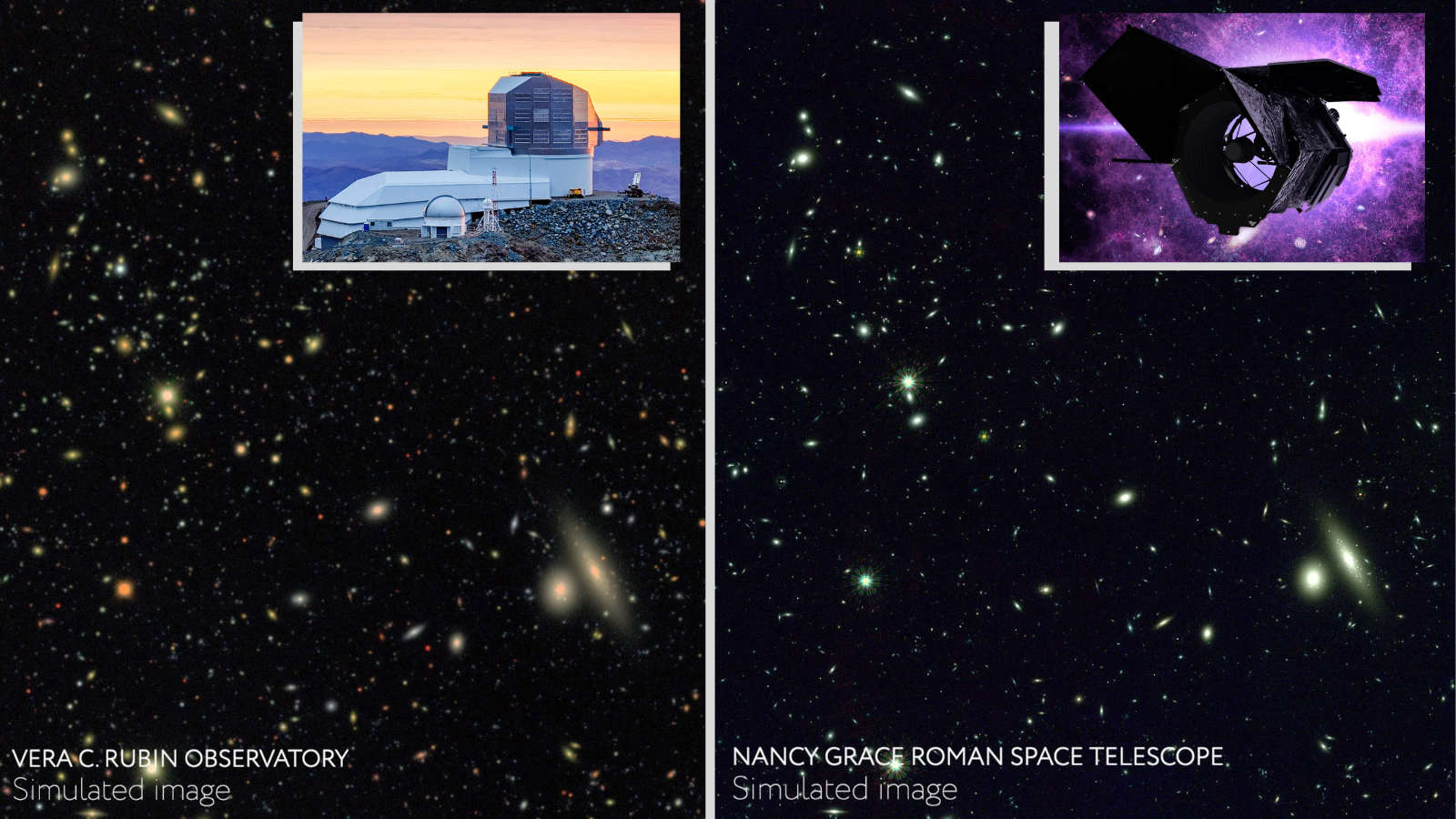
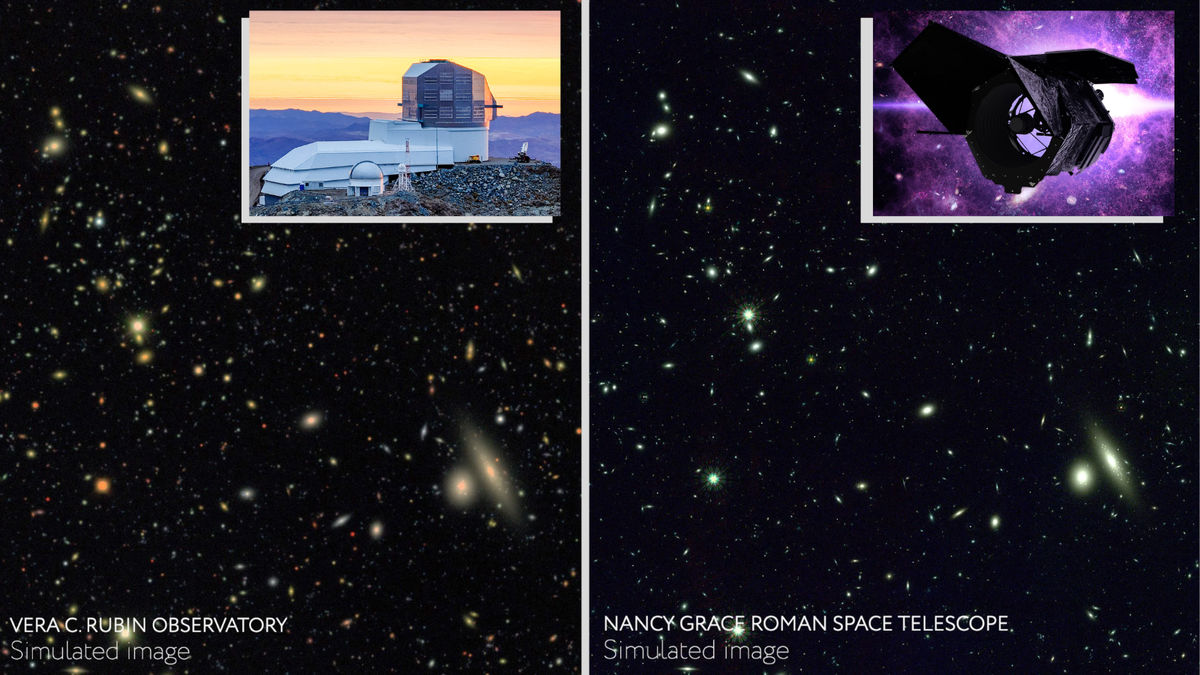


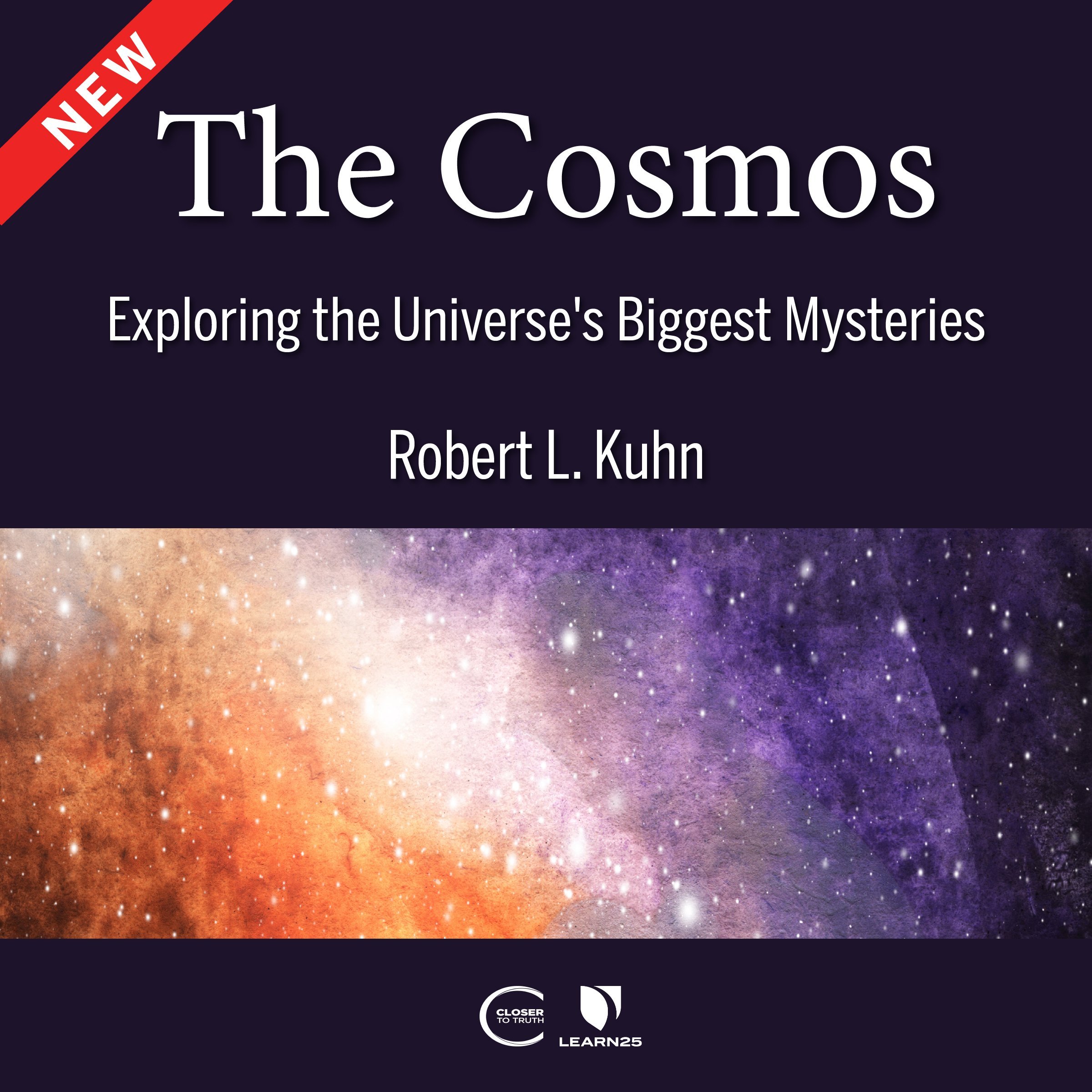
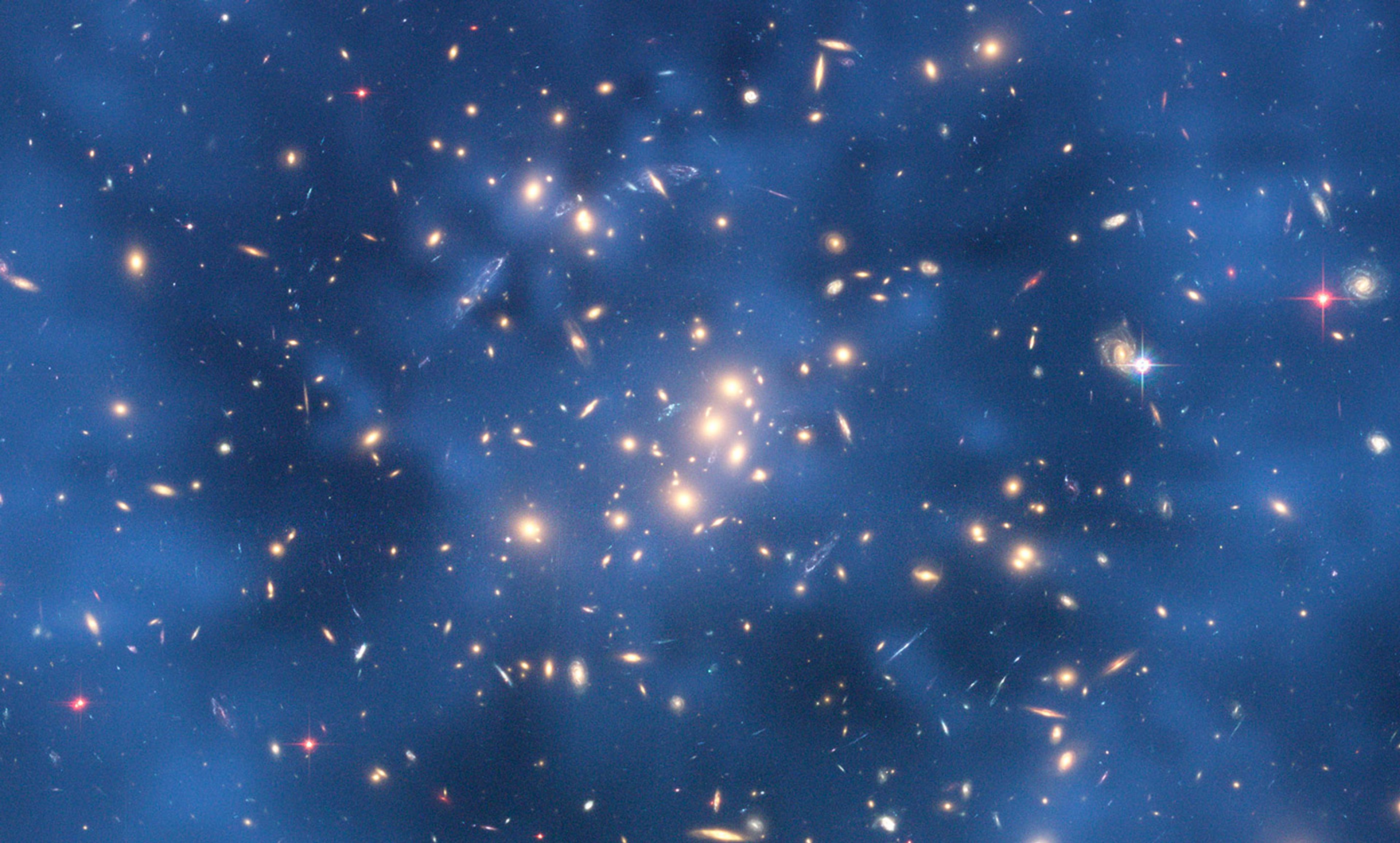










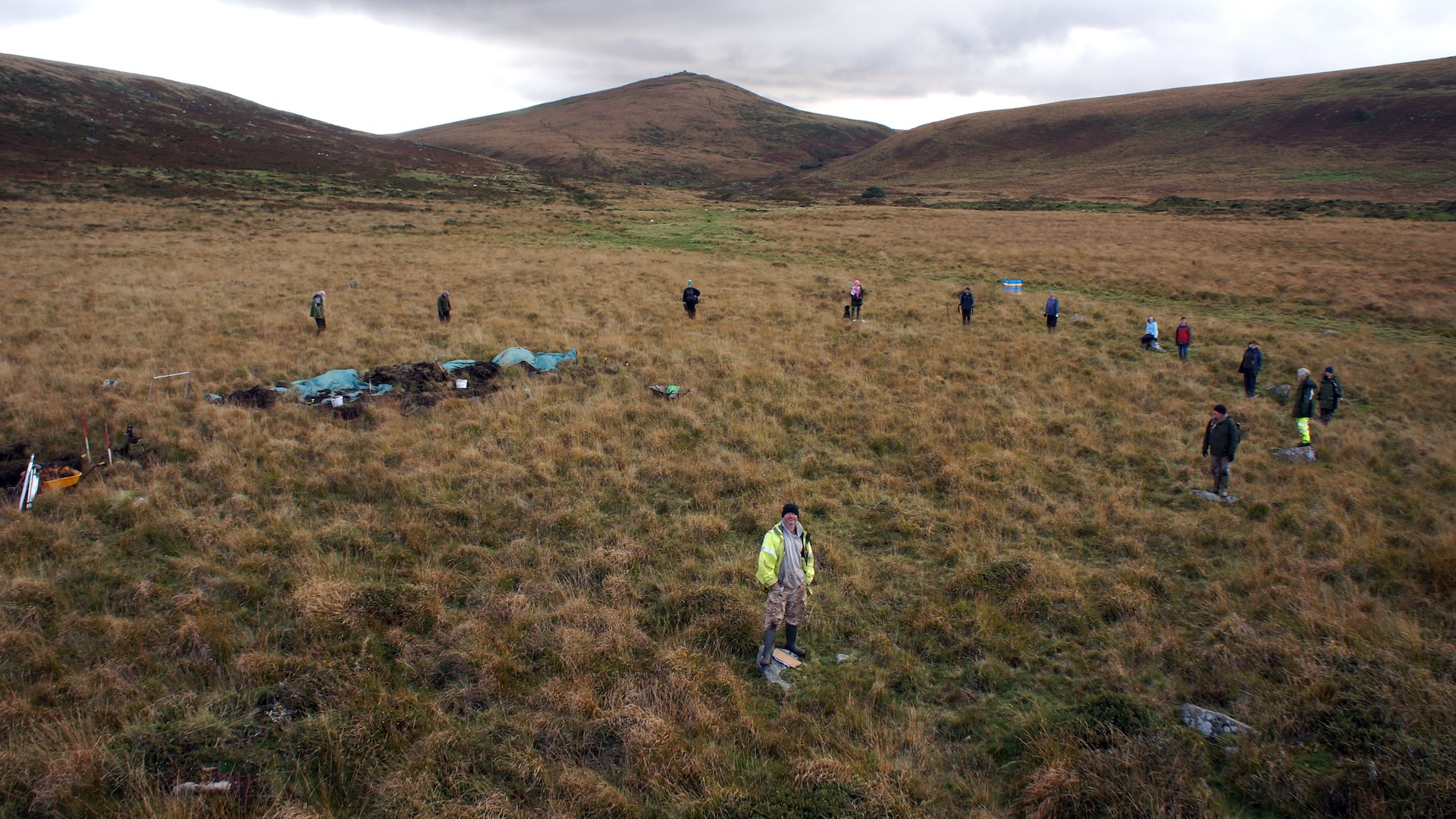




Comments